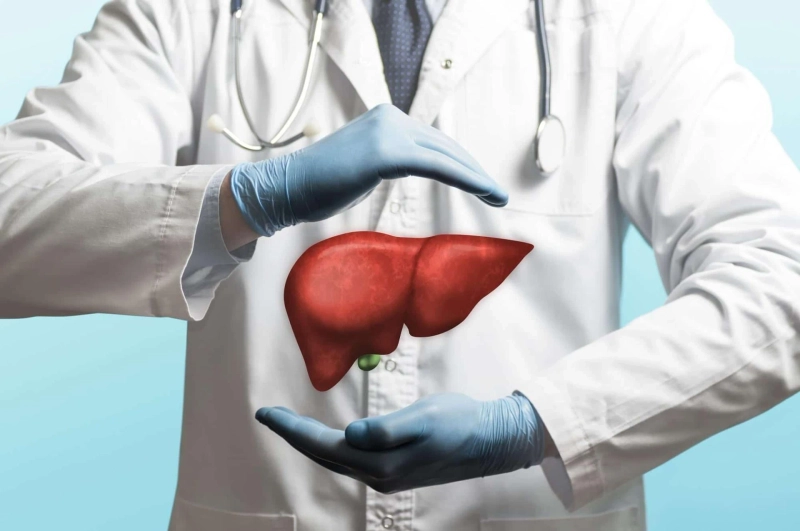Hematopoietic stem cells (commonly referred to as stem cells) are the immature cells that make up all of the blood cells in the body: white blood cells that fight infections, red blood cells that carry oxygen, and platelets that help stop bleeding. Stem cells are constantly dividing and changing into these different types of cells and replacing old blood cells, and the division of stem cells also leads to the formation of new stem cells.
Figure 1. Stem cells divide and change into different types of blood cells.
Figure 1. Stem cells divide and change into different types of blood cells.
A bone marrow transplant involves taking stem cells from the bone marrow.
Stem cell transplant involves taking stem cells from the bone marrow or bloodstream of a donor.
Most of the stem cells in the body are found in the bone marrow (the soft tissue in the inner cavity of the bones). Bone marrow is found primarily in the large bones of the body, such as the femur, sternum, and pelvic bones. A small number of stem cells are also present in the bloodstream.
You may have heard your transplant procedure referred to as a stem cell transplant or a bone marrow transplant. Bone marrow transplantation is a specific type of stem cell transplantation. In a bone marrow transplant, stem cells are taken from the bone marrow. In stem cell transplantation, stem cells are taken from the bone marrow or the bloodstream.
How to use this guide
This manual contains a lot of information - you should read and study it carefully. Read the entire manual at least once, including the additional material at the end. You may find it easier to read several sections simultaneously than the full manual at once. We recommend that you refer to the manual throughout the entire treatment period.
We recommend underlining or marking in places that are not clear or raise questions. In this case, there are no stupid questions, so ask about everything that interests you.
Description of allogeneic stem cell transplantation
With allogeneic stem cell transplantation, stem cells are taken (extracted) from the donor's body. The procedure is called "allogeneic" because it uses someone else's stem cells. In allogeneic stem cell transplantation, the three primary sources of stem cells are:
Stem cells in peripheral blood. They are removed from the donor's bloodstream during the apheresis procedure (chit. - a-fe-rez). To increase the number of stem cells in the bloodstream, the donor will receive an injection (shot) of a drug that will cause the donor's body to produce more stem cells than usual. Stem cells pass from the bone marrow into the bloodstream, from which it is easy to collect them when a person is awake.
Stem cells of the bone marrow are removed from the donor's bone marrow in bone marrow harvesting. This procedure is performed in the operating room while he sleeps. As a rule, donors go home on the day of the system.
Cord blood stem cells. They are extracted from the blood of the umbilical cord and placenta at birth, and they are then frozen and stored in a cord blood bank until a transplant is needed.
Your donor
To find out who is the best donor for you, a tissue compatibility test (typing) is performed. For hematopoietic stem cell transplantation, tissue typing is based on your human leukocyte antigens (HLA). These are such unique markers on the surface of your white blood cells, that is, leukocytes.
There are many markers for the HLA antigen, and different types of features can be observed in other people. HLA antigen markers are inherited (passed from mother and father to child), so the types of HLA antigen markers in your close relatives (siblings, parents, and children) will most likely be the same as you.
The tissues of people who are not related to each other by family ties can also be similar. If you do not have a family member with the correct tissue type, we have a team of search coordinators who will look for an adult volunteer donor or cord blood. Millions of people registered with the National Marrow Donor Program ® have been explicitly recruited. But finding a donor can take weeks or even months. Sometimes, if an urgent transplant is needed, cord blood can be used as it is more readily available. If you need stem cells from someone, not your blood relative, your doctor will provide you with more information.
0


